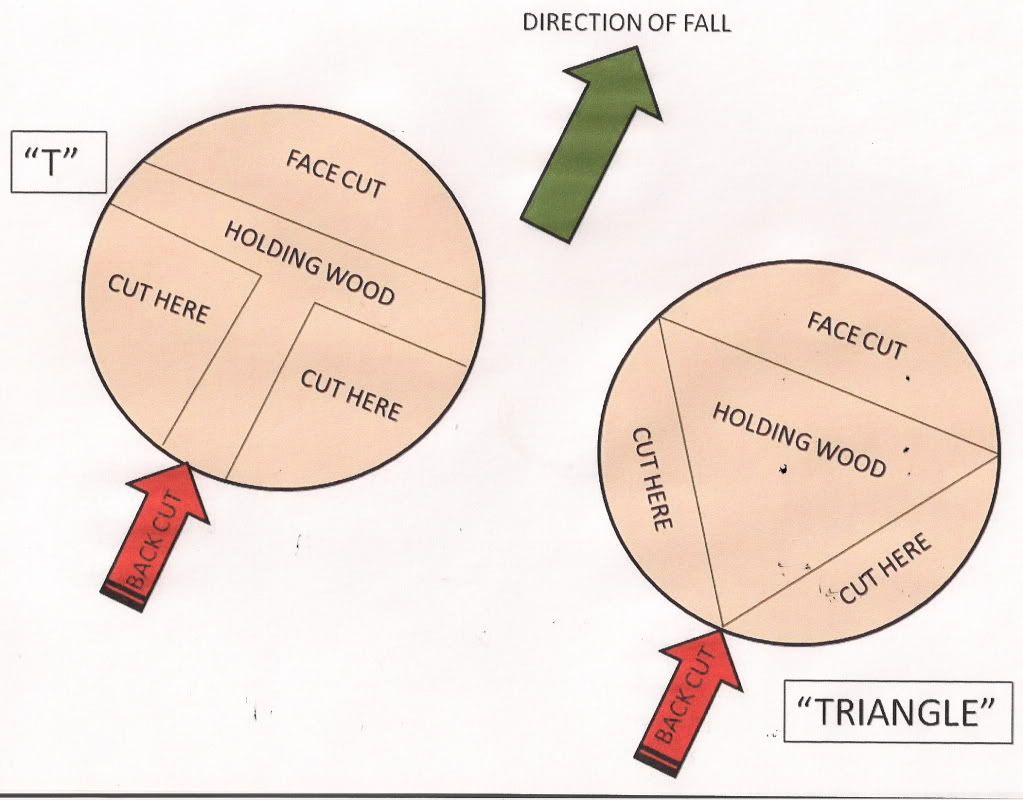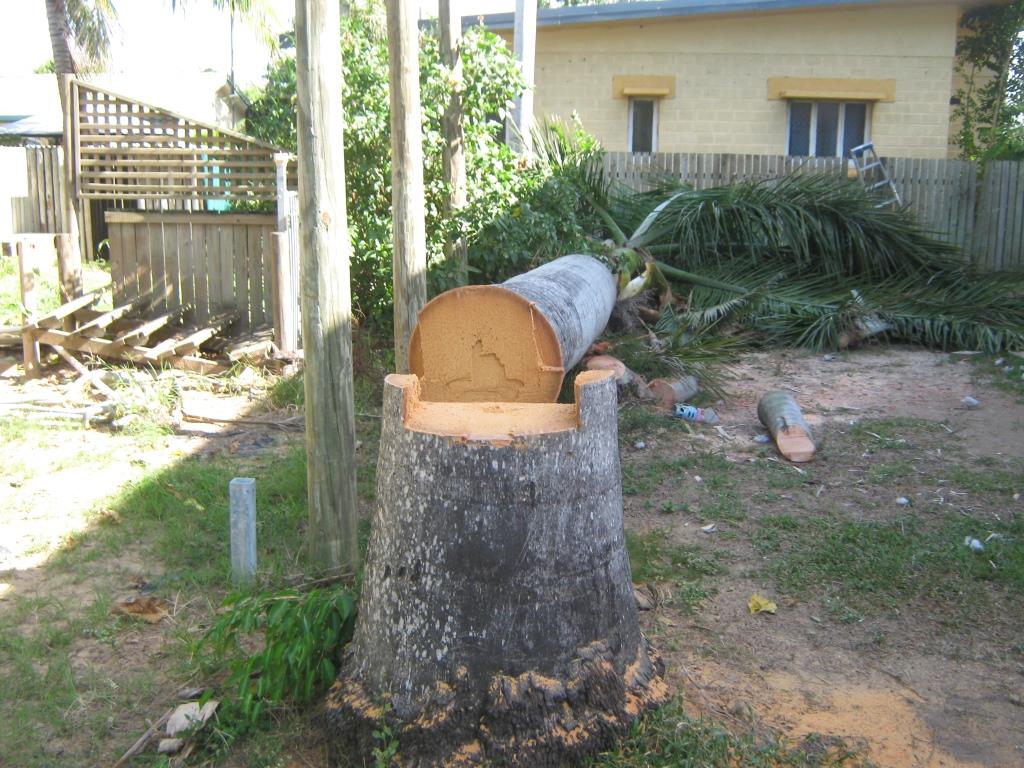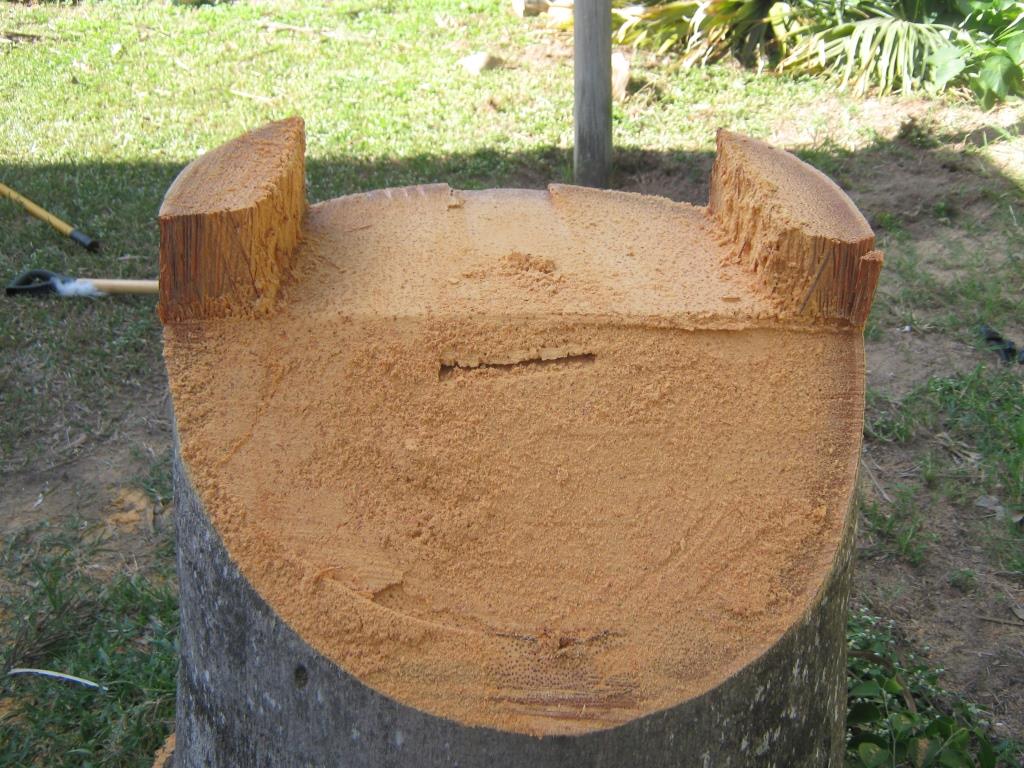CapitaineHaddoc
European Westcoaster
For leaners this cut is a good option. I've had good luck with the V version. It seems easier to line up the cuts than the T.
HuskStihl and rwoods both give good advice but for a more detailed explanation on falling techniques check out the Forestry and Logging threads. There are people there who make their living cutting trees.

This is an interesting post, our falling techniques are very different, but sometimes i'm using westcoasters techniques, for fun. Humbolt and swanson are forbidden here, but i often use the swanson.
Question about the bore cuts, i never see a westcoaster faller practicing a "heart bore cut", is this technique forbidden? We use it a lot, especially with dangerous beechwoods, or for the biggest trees.


























































 Thank goodness!
Thank goodness!
